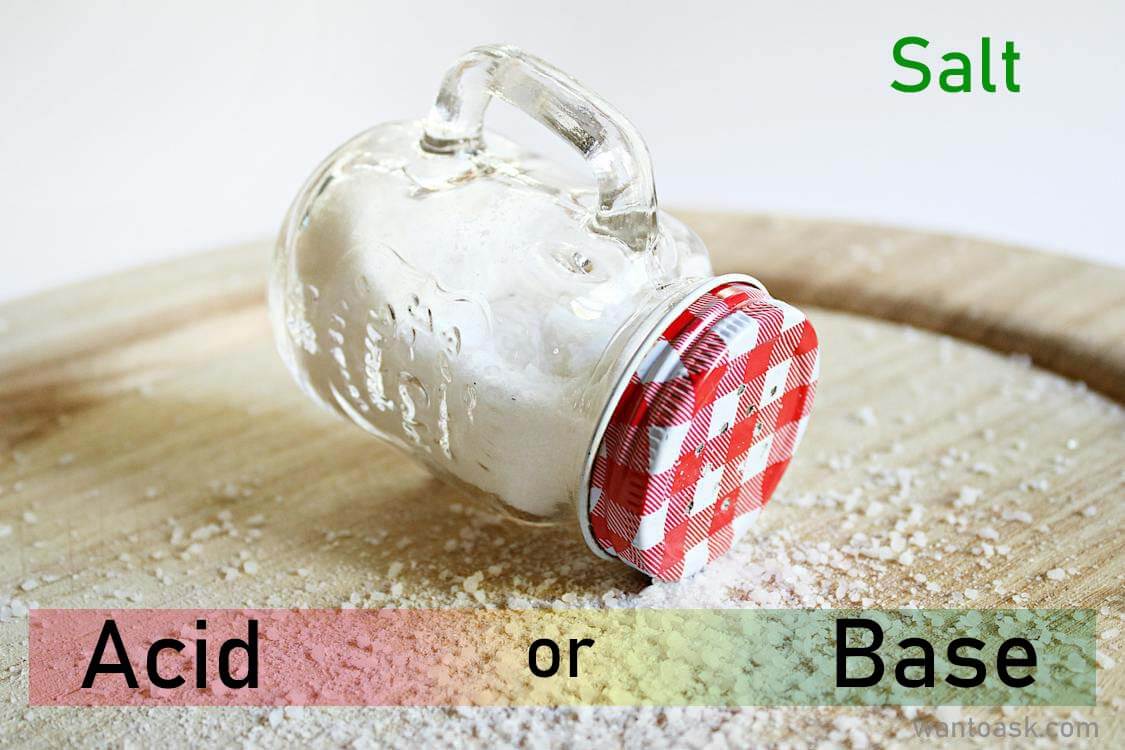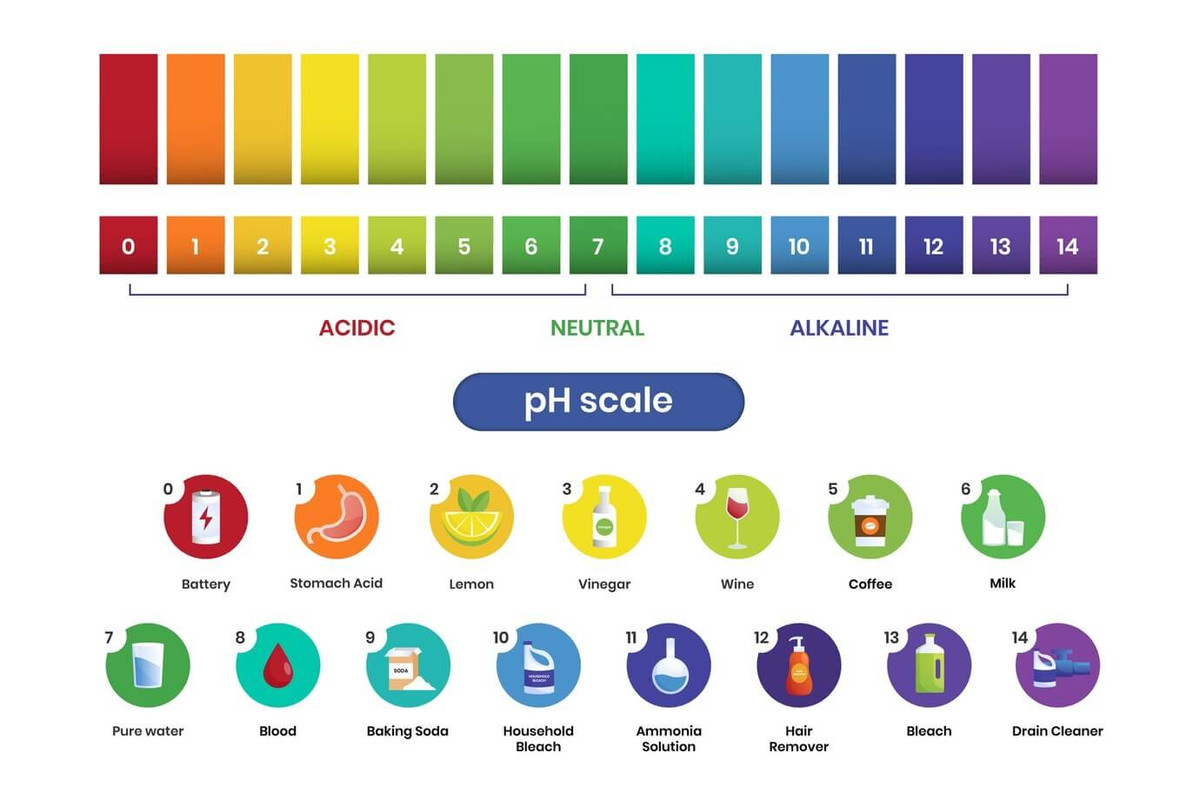Unmasking the Mysteries of Salt: Neutral Force or Acidic Foe?
Common salt, also known as sodium chloride (NaCl), is a staple in our kitchens and a ubiquitous part of everyday life. But beyond its culinary and chemical uses, a curious question arises: is this familiar grain acidic or neutral? The answer, like many things in science, isn't quite as simple as a yes or no. Let's delve into the world of pH and chemical reactions to unveil the true nature of common salt.

Decoding the Acid-Base Debate: A Crash Course in pH
Understanding acidity and basicity requires a dive into pH, a scale that measures the concentration of hydrogen ions (H+) in a solution. Substances with a pH less than 7 are considered acidic, those with a pH greater than 7 are basic, and those with a pH of 7 are neutral.

The Chemical Breakdown: NaCl and the Art of Neutralization
Common salt is formed by the reaction between a strong base, sodium hydroxide (NaOH), and a strong acid, hydrochloric acid (HCl). When these two powerful forces collide, their acidic and basic nature neutralize each other, resulting in a neutral compound – sodium chloride.
Remember: Strong acids and bases completely dissociate in water, meaning they separate into their constituent ions. In the case of NaCl, the sodium (Na+) and chloride (Cl-) ions exist freely in the solution, contributing to its neutral pH.
Beyond the Classroom: Real-World Interactions
While common salt remains neutral in water, its behavior can change in certain situations:
- Acidic Solutions: If you add NaCl to a highly acidic solution, the chloride ions can combine with some of the excess H+ ions, raising the pH slightly and weakening the acidity. However, NaCl itself doesn't become acidic.
- Basic Solutions: Conversely, adding NaCl to a very basic solution can tie up some of the hydroxide ions (OH-) slightly lowering the pH, but again, NaCl remains neutral.
In most common everyday situations, including food preparation and household uses, common salt maintains its neutral nature.
The Verdict: A Neutral Champion in the Chemical Arena
Therefore, based on its pH and chemical properties, common salt, NaCl, holds the champion title of being a neutral substance. However, its neutral stance doesn't diminish its versatility and importance. From enhancing flavors in our food to facilitating vital chemical reactions in our bodies, this ubiquitous compound continues to play a significant role in our lives.
Bonus Takeaway: Don't Confuse Common Salt with Other Salts
Remember, not all salts are created equal! Some salts, like sodium bicarbonate (baking soda), exhibit weak base properties, while others, like ammonium chloride, show weak acidic tendencies. Always check the specific type of salt and its chemical properties to understand its behavior in different situations.
So, the next time you sprinkle a pinch of salt on your fries, remember its intriguing chemical journey, from the clash of acid and base to its reign as a neutral champion. Understanding these scientific nuances adds a dash of complexity and wonder to even the simplest of everyday experiences.